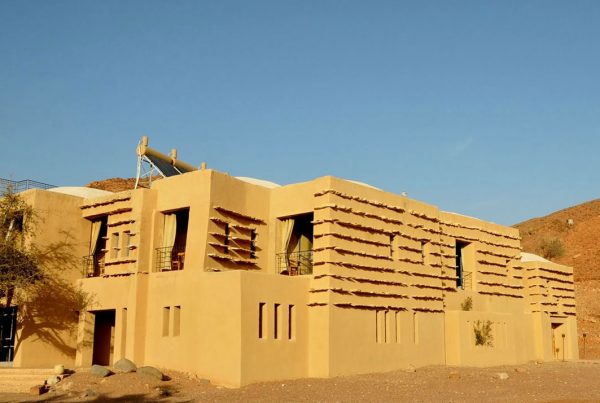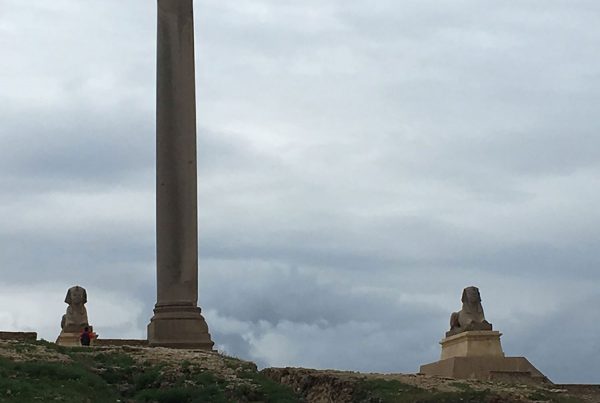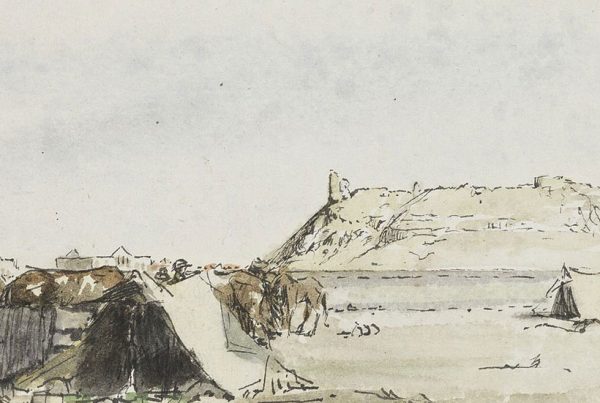Whilst Lebanon as a country has been invaded and colonised by countless people – Phoenicians, Romans, Arabs, and Maronites – the colonial period began with the collapse of the Ottoman Empire following the end of the First World War, and the Sykes – Picot Agreement, which divided the Middle East into spheres of influence between Britain and France, based on economic, social and cultural factors.
Following the war, the League of Nations gave France the mandate over Syria, which, at the time, included Lebanon. Colonial rule continued until 1943, when the French withdrew and Lebanon became an independent country. Yet, despite their relatively brief period in charge, the French have left a residual mark on the country in the form of their architecture, particularly in the capital Beirut. Civil war and unrest may have destroyed some of the buildings from that era in the interim, but many still remain as a testament to the country’s colonial past.
The Lasting Influence
Despite the fact that the last of the colonial administrators departed more than 75 years ago, the French influence can still be felt in Beirut today. There are boulangeries selling bread on nearly every block, streets are still called “rue”, and French wines are served in many restaurants along those made from the local grape, with menus boasting dishes like Foie Gras and Salade Niçoise.
This pervasiveness can be explained by the approach that France had to its colonies. Unlike Britain, which preferred them to be largely self-governing, and exploited them primarily for their economic resources with no attempt to impose British culture on them, the French regarded their colonial possessions as part of France itself, and wanted to assimilate them in to the “motherland”. As the capital of the French Mandate in the region, Beirut was very much a centrepiece, and this was reflected in its architecture, which became a hybrid between local traditions, such as the local neo-Ottoman and eastern styles, which were prevalent at the time, and western trends and styles, In addition, construction materials and techniques were introduced which had never been seen before in the country.
Downtown Beirut
This new mixed style was most apparent in downtown Beirut, and the Acharich and Ras Beirut area, where multi-story buildings were constructed during this period. Not for nothing was it known as the “Paris of the Middle East” at one stage in its history. Unfortunately, many buildings, like much of the country’s infrastructure, were destroyed by the civil war that raged from 1985 to 1990.
Some vestiges of this past still remain such as the Grand Theatre, which was built in 1929, and modelled on the old opera house in Paris, and the façade of which has been restored after being damaged during the local civil war. There are also some old structures along the Avenue de Paris, where visitors can stroll along the Corniche and view another building constructed by the French in the 1920s, the now disused lighthouse. Those looking for traces of Beirut’s more colourful past may also want to take in the restored Phoenicia Hotel, reduced to rubble during the civil war, but which conjures up memories of the 1960s when French stars like Brigitte Bardot and Jean-Paul Belmondo were regular visitors.
The French Spirit
Elsewhere, in the district around the French embassy, there remain a number of buildings resonant of its colonial past, including the Université Saint-Joseph, and the Hôtel-Dieu de France Hospital. Perhaps the best example of a French colonial building, though, form this period, certainly from the viewpoint of one that bears testament to Lebanon’s recent history, is the Grand Lycée Franco-Libanais. Founded in 1909 as the flagship of France’s lycée (high school) system in the Middle East, It was extensively damaged during the civil war, because of its proximity to the Green Line, which separated Muslim West Beirut and predominantly Christian East Beirut. Between 1998 and 2008 it was extensively renovated, and now, very few traces of the original French construction remain.
In recent years though, Beirut has been plagued by modern planners and developers who want to replace the old stone buildings with modern structures of concrete and glass. Primarily the motivation behind this has been commercial, but there is also a strand here, as elsewhere in North Africa, of local nationalism at work. Destroying old colonial buildings can be seen as a way or eradicating traces of a colonial past which some Lebanese would prefer to forget.
Preservation
As a protest against such trends, movements like “Save Beirut’s Heritage” have been set-up, which plead with local authorities to save and restore old buildings, rather than allow them to be just torn down. Their biggest success to date has been the Residence des Pins. Formerly the seat of power for the French colonial administration, this neo-Moorish building, has been fully restored.
However, campaigners fear that they are fighting a losing battle, and that the city is fast becoming like Dubai, where speculative property developers and the local business community have changed the character of the city, and its architecture, in the name of progress, not to mention their own self-interest.









